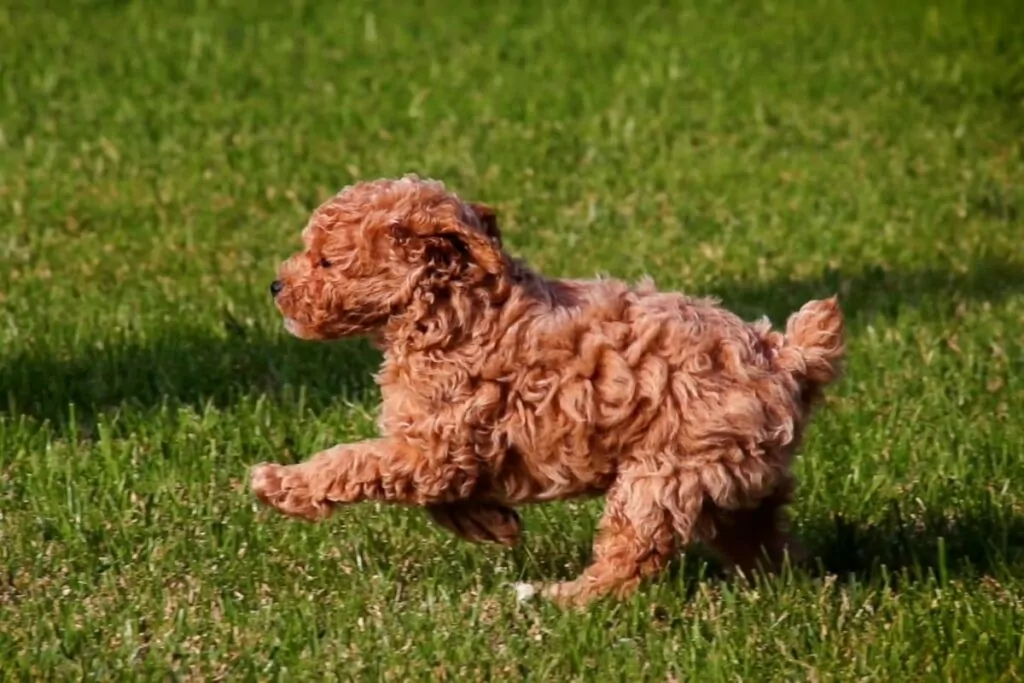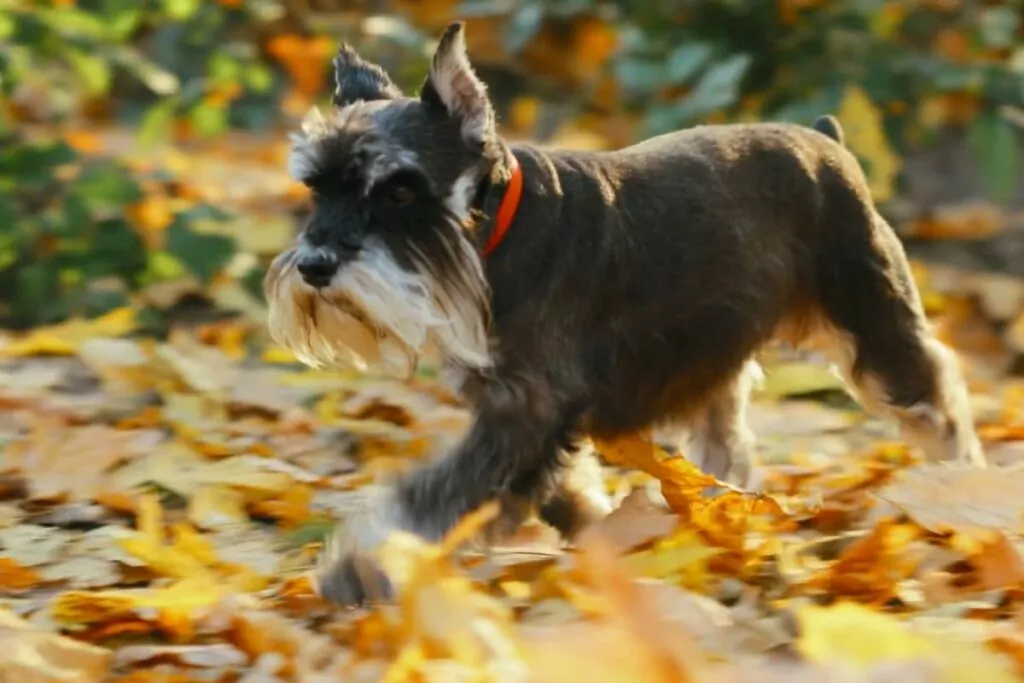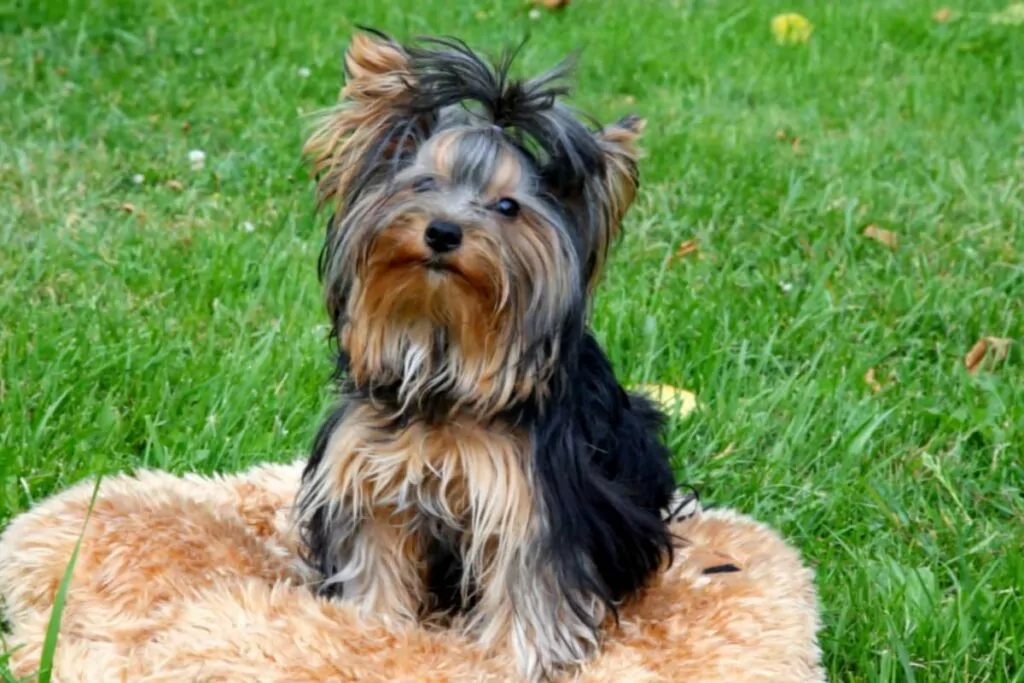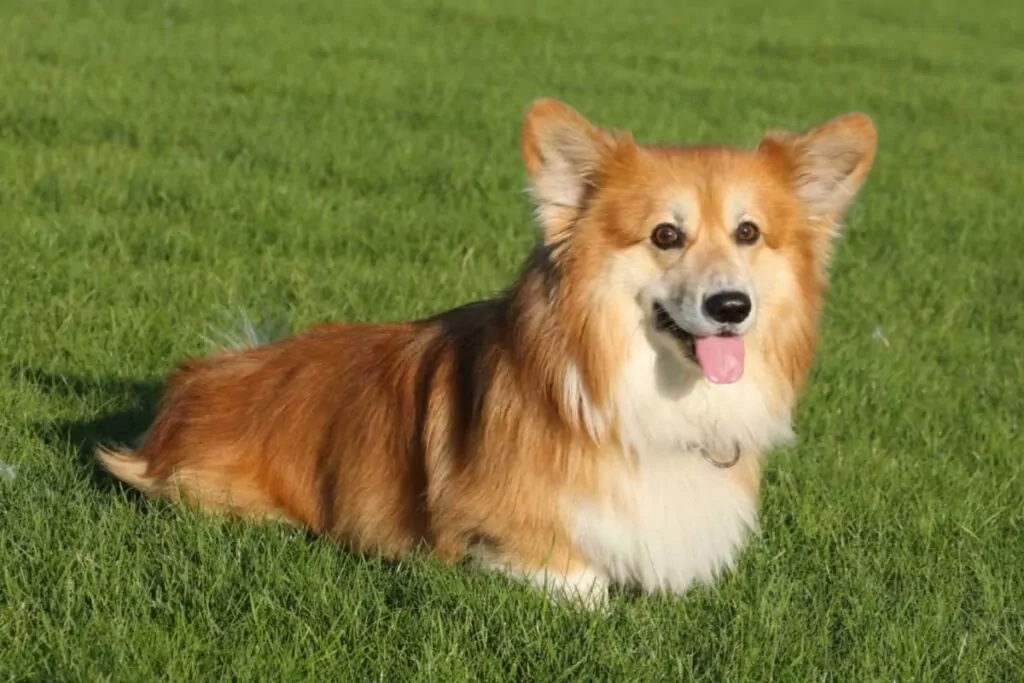9 Best Small Dog Breeds for Autistic Children (Pros & Cons)
Discover the benefits of these small breeds and how to find a service dog


Dogs are special because they offer devoted affection and attention without judgment. These selfless creatures love their owners unconditionally.
That’s why over 65.1 million families in the United States own pet dogs.
Dog ownership is especially beneficial for those on the autism spectrum. A companion dog can help an autistic child sleep, experience reduced anxiety levels, and adapt socially.
The best small dog breeds for an autistic child are the Bichon Frise, Shih Tzus, and toy Labradoodles. These breeds are hypoallergenic, great with kids and strangers, and help reduce anxiety.
9 best small dog breeds for autistic kids
Compared to their larger companions, small dog breeds can live in smaller spaces, travel better, are more affordable, and live longer (on average).
Here are some breeds to consider:
1. Bichon Frise

This breed is known to be playful, curious, and adventurous. They are a non-sporting breed that can live 14-15 years.
Pros:
Cons:
2. Shih Tzu

Shih Tzus are a toy breed known to be outgoing and spunky. They are lap dogs who love to snuggle all day. They can live 10-18 years with proper care.
Pros:
Cons:
3. Toy Labradoodle

Toy Labradoodles are a crossbreed between the Labrador retriever and the toy poodle. This dog has a friendly, loving, and highly attentive personality. On average, they will live between 12-15 years.
Pros:
Cons:
Related: Regular-sized Labradoodles for children with autism
4. Miniature schnauzer

Miniature schnauzers belong to the terrier group. They are feisty and affectionate dogs who live between 12-15 years.
Pros:
Cons:
5. Cavalier King Charles spaniel

This toy breed is friendly and loving. As adaptable dogs, they will be satisfied getting active or cuddling on the couch. They typically live 12-15 years.
Pros:
Cons:
6. Yorkshire terrier

Also known as a Yorkie, these spirited dogs are little with big personalities. They are known to be feisty, confident, and assertive. Yorkies live between 11-15 years.
Pros:
Cons:
7. Toy poodle

The toy poodle is intelligent, alert, and lively. They are athletic and can live 10-18 years.
Pros:
Cons:
8. Pembroke Welsch corgis

Corgis are agreeable, goofy, and dependable herders. These dogs live to be 12-13 years old.
Pros:
Cons:
9. Beagle

Beagles are happy, intelligent, and sociable dogs known to be loyal. This hound can live between 10-15 years.
While this dog is not for everyone, they are perfect for active and curious children.
Pros:
Cons:
The benefits of dog ownership for autistic children
Children on the autism spectrum experience anxiety, sleep problems, sensory sensitivity, and trouble interacting socially.
A dog in the home alleviates several symptoms of autism. Dog ownership:
- Helps with social interactions. Dogs act as conversation starters for children with autism who struggle to communicate. They can teach children to read verbal and non-verbal cues and provide a purpose to talk with others.
- As recent research finds: “Across a heterogeneous group of studies, the most consistent finding [of animal-assisted intervention] was increased social interaction.”
- Alleviates sensory processing issues. Trained dogs sense when a child is overwhelmed or overstimulated. Instead of destructively stimming, children can comfort themselves through gentle sensory movements like petting.
- Reduces anxiety and outbursts. When interacting with dogs, humans release positive hormones like oxytocin. Through their undivided attention, dogs comfort children and can nudge them to stop unwanted behaviors.
- Develops independence. Through dog ownership, children learn responsibility by caring for a living creature. This can increase self-sufficiency and independent life skills.
- Promotes better sleep quality. Dogs can sleep with children to comfort them and provide deep pressure therapy. A child can learn to cope with sleeplessness by petting a dog to soothe them back to sleep.
- Decreases family stress. It can be overwhelming to care for an autistic child without support. A dog can help families by being an attentive play companion and emotional stress reliever.
Increases safety. People can train dogs to alert parents to emergencies or track a lost child. Since autistic children are prone to wander, extra eyes offer peace of mind to parents.
Ideal characteristics of autism support dogs
Not all dog breeds are suited to be companions for children with autism.
Example: The dachshund barks a lot, does not like strangers, and has a fragile constitution (back problems). For these reasons, this places it on our list of worst dog breeds for autistic kids.
In general, you should look for a small dog that:
- Has a softer coat (rough fur or hair can be irritating to a hypersensitive child)
- Rarely barks
- Is calm and gentle
- Loves kids and strangers
- Has moderate or low exercise requirements
- Is low maintenance
- Is intelligent
Comparing service dogs, therapy dogs, and pets
If you want a dog for your child with autism, you’ll need to decide what kind of dog you want. Some dogs are trained to perform tasks, while others are not.
Service dogs
Service dogs are the most universally accepted support animal.
- The Americans with Disabilities Act (ADA) allows service dogs to assist people in most public spaces, like schools and restaurants.
- According to the ADA, service animals are “any breed and any size of dog” and are “trained to perform a task directly related to a person’s disability.”
- Service dogs for autism are trained to assist a child when socializing, calm a panicked child, and alert guardians in emergencies.
Example: If a child starts to stim harmfully or get overwhelmed, a dog can apply deep pressure touch by laying on the child’s lap.
Service dogs do not have specific requirements other than the ones listed above. You can pay an agency to train a dog or train your own dog.
Therapy dogs and emotional support animals
Therapy dogs provide emotional support to children. Their presence reduces anxiety and produces a soothing psychological effect.
- These dogs may have some special training, but it is not required. Any dog that is patient, calm, loves being touched, and is gentle can make an excellent therapy dog.
- Therapy dogs are similar to service dogs. However, they do not have legal access to public spaces under the ADA.
Pets and companion dogs
Pets live in the home but are not specially trained to perform tasks. Companion dogs are well-mannered and house-trained.
- A child can still benefit greatly from the loving company of a pet without special training.
- Like therapy dogs, pets cannot legally access public spaces.
How to find a service dog for your child
Before you decide to get a service dog, consider:
- Cost. Training dogs can be expensive, averaging between $15,000 and $50,000. Parents can obtain grants and financial assistance through some organizations.
- Time commitment. It takes 1-2 years to train a service dog.
- Finding an agency. There is no government licensing requirement for service dog training. If you decide to work with an agency, ask for credentials from the program to verify its legitimacy. You can start searching using the trusted Assistance Dogs International tool.
National service dog organizations
Name Name | Services |
|---|---|
| 4 Paws for Ability | This organization offers specially trained autism assistance dogs. Fundraising assistance is available. |
| Canine Companions for Independence | Service dogs are free to the recipient. Assistance Dogs International accredits them. |
| Paws With A Cause | Autism service dogs are free to the recipient, but the organization recommends fundraising. |
What tasks do autism service dogs perform?
Autism service dogs reduce a child’s anxiety, increase sleep quality, provide comfort, assist with social interactions, and boost vocabulary and communication. Dogs also alert guardians to emergencies.
Final thoughts
Dogs are scientifically proven to help children with autism by decreasing anxiety, panic, and social fears. The presence of a dog can drastically improve the quality of life for families with autistic children.
Besides dogs, we also recommend a few other animals for autistic kids. Check out our best pets for a child with autism.
Written by Clancy Giesbrecht

Clancy Giesbrecht is an English teacher with a special education certification. She teaches students with various special needs, including autism. She helps students by providing a consistent routine, teaching social skills explicitly, and keeping in mind how much sensory input students receive at one time. She provides individualized accommodations and scaffolds for each student to promote maximum growth based on strengths and weaknesses. She graduated in 2017 from Pepperdine University in Los Angeles before moving to Lubbock, TX. When she’s not grading papers or writing, she enjoys traveling with her husband, walking her dogs, reading fantasy novels, and playing board games.